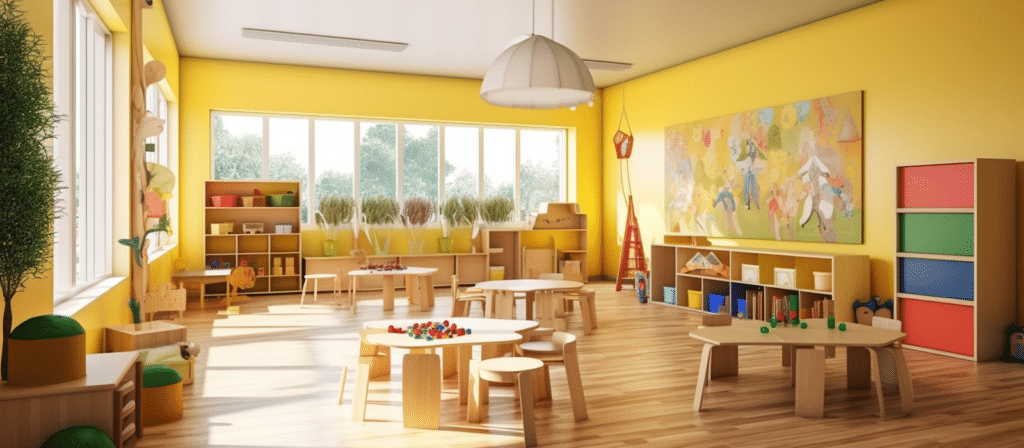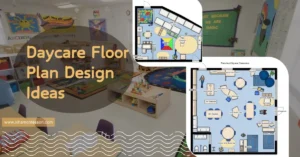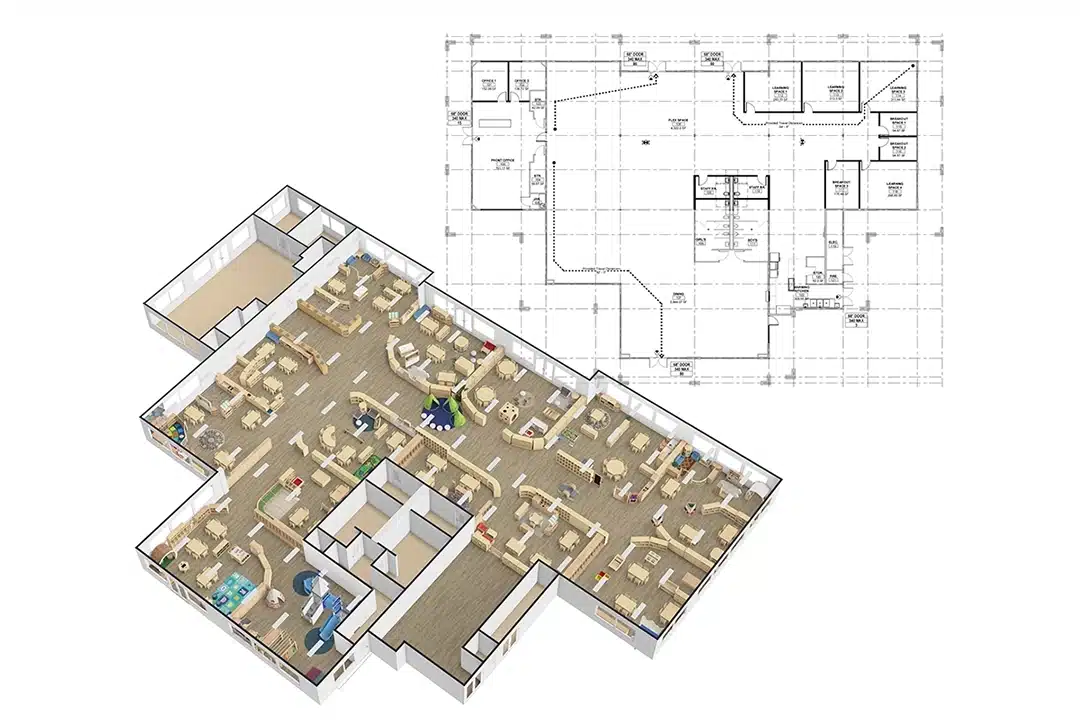Are you looking to create an inclusive and welcoming preschool environment where every child feels comfortable and supported? The key lies in the furniture choices you make. In this guide, we’ll explore how you can ensure inclusivity with preschool furniture, making the learning space a more accessible and accommodating place for all children.
By carefully selecting, arranging, and adapting furniture, you can create a space that meets the diverse needs of all children, regardless of their abilities, sizes, or backgrounds. This not only fosters a sense of belonging but also promotes optimal learning experiences.
Creating an inclusive environment also means considering the accessibility needs of children with disabilities. It is essential to provide furniture that is wheelchair-accessible and allows for easy maneuverability. For example, tables with adjustable heights and removable panels can accommodate children who use wheelchairs. Providing furniture with built-in storage solutions can also help children with mobility challenges access materials and resources independently.
Another crucial aspect of inclusivity is considering the diversity of cultural backgrounds and experiences of the children. Preschool furniture should reflect the diverse world we live in. Introducing furniture with different colors, patterns, and textures can create a visually stimulating and inclusive environment. It is also essential to incorporate materials and resources that represent different cultures, languages, and traditions. This can help children feel a sense of belonging and foster appreciation for diversity from an early age.
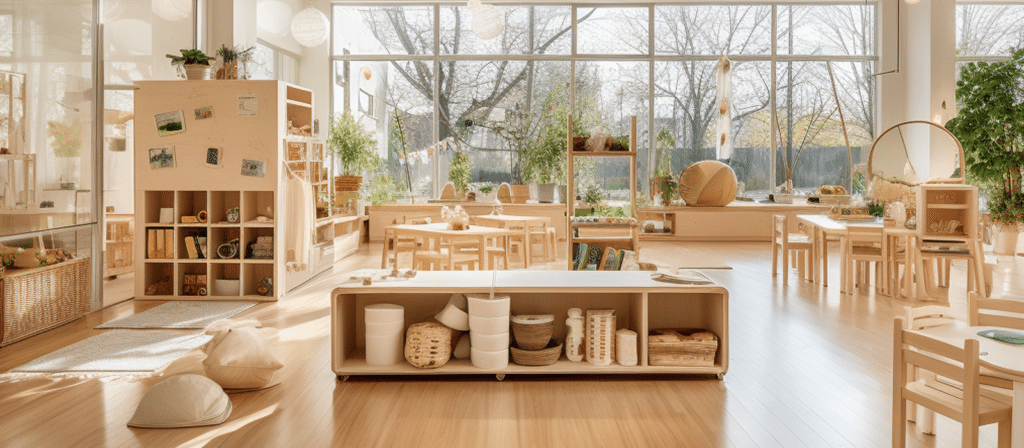
Inclusivity also extends to the design and layout of the classroom. It is important to arrange furniture in a way that promotes collaboration, communication, and social interaction among children. Creating small group seating areas with tables that allow face-to-face interactions can encourage teamwork and peer learning. Additionally, providing cozy reading corners or quiet spaces can cater to the individual needs of children who require a peaceful environment to concentrate or relax.
Safety should also be a top priority when choosing preschool furniture. Furniture should be sturdy and durable to withstand the energetic activities of young children. Rounded edges and non-slip surfaces can minimize the risk of accidents and injuries. It is crucial to regularly inspect and maintain the furniture to ensure it remains safe for use.
How can we ensure inclusivity with preschool furniture?
- Ergonomics: Ensure that the furniture is designed with ergonomic principles in mind. This means that the furniture should support proper posture and body alignment. Ergonomic chairs with lumbar support and adjustable backrests can help prevent discomfort and promote healthy sitting habits.
- Accessibility: Make sure that the furniture is easily accessible to all children, including those with mobility challenges. Consider installing ramps or providing alternative seating options for children who use wheelchairs or other assistive devices.
- Versatility: Choose furniture that can be easily rearranged to accommodate different learning activities. Flexible seating options, such as modular tables and chairs, allow for easy customization and adaptability to different teaching styles and group sizes.
- Safety: Prioritize safety by selecting furniture that is sturdy and free from sharp edges or potential hazards. Ensure that the furniture meets safety standards and undergoes regular inspections to maintain a safe learning environment.
- Diversity and Representation: Incorporate diverse and inclusive themes in the design of the furniture. Choose materials that reflect different cultures, ethnicities, and abilities. This can help foster a sense of belonging and promote cultural understanding among children.
- Collaborative Spaces: Create spaces that encourage collaboration and social interaction. Furniture arrangements that facilitate group work and discussion can promote teamwork and communication skills. Consider using tables with rounded edges to encourage face-to-face interactions and a sense of community.
- Storage Solutions: Provide ample storage options to keep the learning space organized and clutter-free. Shelving units, cubbies, and bins help children develop organizational skills and promote independent learning.
- Sensory Integration: Incorporate sensory elements into the furniture design. For example, you can add textured surfaces, sensory panels, or sensory tables to engage children’s senses and support their sensory integration needs.
By considering these factors, we can create an inclusive environment for preschoolers that promotes learning, creativity, and social interaction. Remember, every child is unique, and their furniture should reflect their individual needs and abilities.
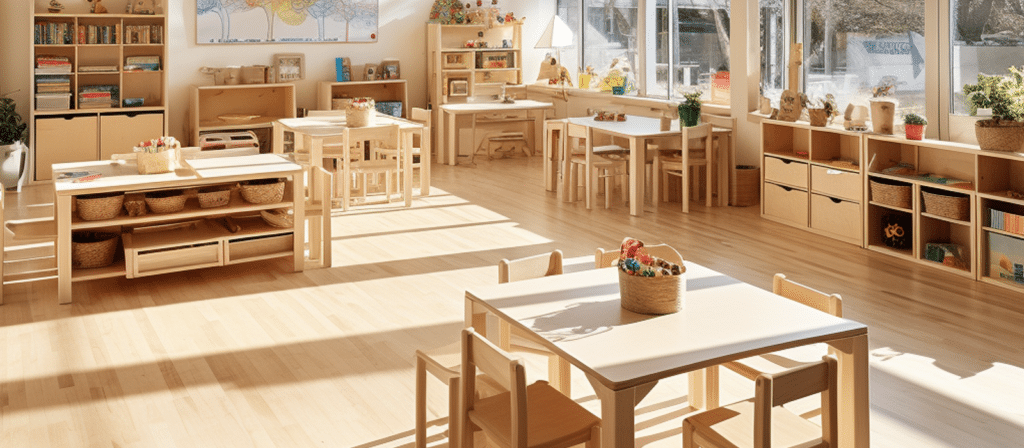
How does inclusive furniture impact children’s learning and development?
Inclusive preschool furniture has a significant impact on children’s learning and development. When children feel comfortable and included in their environment, they are more likely to engage in activities and interact with their peers. The right furniture can promote independence, self-confidence, and a positive sense of self. It can also support children’s physical development, fine motor skills, and spatial awareness.
Research has shown that inclusive furniture can enhance children’s cognitive abilities and problem-solving skills. When children are provided with furniture that caters to their individual needs, they are more likely to explore, experiment, and take risks. This fosters creativity, critical thinking, and a love for learning.
Inclusive furniture also promotes social-emotional development. When children have access to comfortable seating options, they are more likely to feel secure and valued. This can lead to positive social interactions, empathy, and the development of strong relationships with their peers. Inclusive furniture can also support children with sensory sensitivities by providing them with calming and soothing seating options.
How can educators and parents contribute to creating an inclusive environment?
Educators and parents play a crucial role in creating an inclusive environment in preschool settings. They can contribute to inclusivity by involving children in the design and arrangement of furniture. Seeking children’s input and preferences can empower them and make them feel valued.
Educators and parents can also promote inclusivity by incorporating diverse materials and resources in the classroom. Books, toys, and learning materials that feature characters from different backgrounds can expose children to different cultures and perspectives. This can help cultivate empathy, understanding, and acceptance.
Furthermore, educators and parents should actively encourage and model inclusive behaviors. They can teach children about diversity, equality, and respect through discussions, stories, and role-playing activities. By creating a safe and inclusive environment, children can learn to appreciate and celebrate differences.
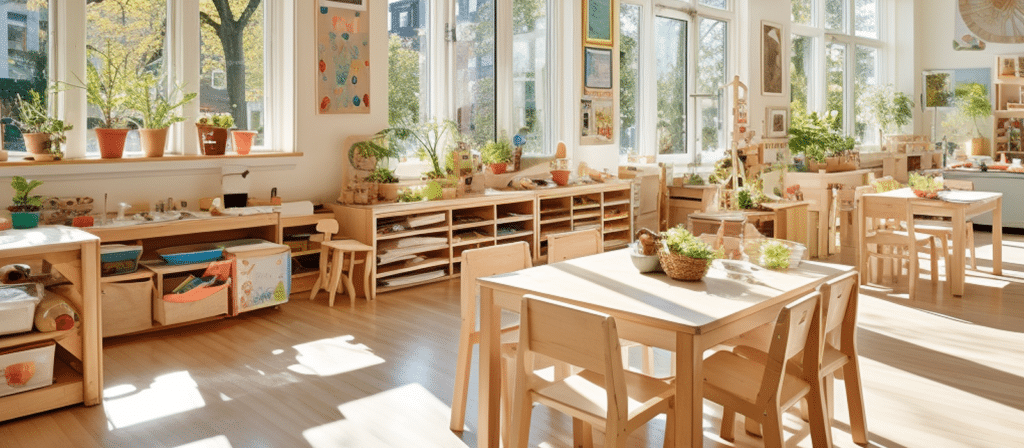
Conclusion
Ensuring inclusivity with preschool furniture is vital for creating a welcoming and supportive environment for all children. By providing adjustable furniture, considering accessibility needs, incorporating diverse materials, and promoting social interaction, we can foster inclusivity from an early age. Educators and parents have the power to shape children’s attitudes and behaviors, and by embracing inclusivity, we can create a better future for all. Let’s make every child feel valued and included!

